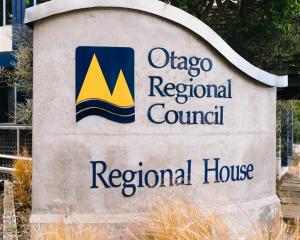Cargills Castle was used to test a 3-D laser scanner, which may provide cost-effective earthquake-strengthening solutions for heritage buildings.
''It reduces costs by at least 50% and time by more than 80%,'' Solutions By Zeal director Lawrie Forbes said yesterday.
''It provides accurate floor plans, elevations and wall widths, which can be used for seismic design or just renovation purposes.
''We wanted to test it on Cargills Castle because it's an important building and once it's gone it's gone. We'll be giving the model to the castle trust to use for their earthquake testing and restoration planning.''
The scanner was particularly useful for measuring old buildings for which there were no architectural plans, Mr Forbes said.
''Engineers want the quickest answer possible, so they can give the building owner certainty.
"The laser scanner takes away the biggest problem to engineers and architects, which is getting accurate measurements.
"It can identify which parts of the structure are weak and which are fine, so you can address the weak points.''
The $20,000 hand-held scanner is walked through a building and then uses the information to construct a 3-D model of the structure.
The Cargills Castle Trust would use the 3-D model to plan stabilisation work on the building, chairman Steven De Graaf said yesterday.
''We want to make it weatherproof and close in the roof and windows, with a stairway inside so you can walk up to the top,'' he said.
''Ultimately, we'd like to have a walkway across the clifftops from St Clair Beach to Tunnel Beach and a picnic area, with access from the High Grove subdivision.''












